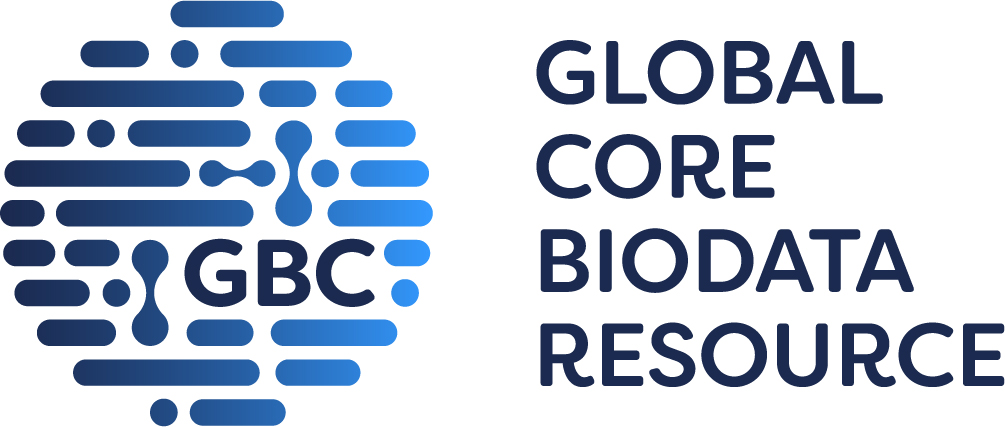
GtoPdb is requesting financial support from commercial users. Please see our sustainability page for more information.
Neuropeptide W/neuropeptide B receptors C
Unless otherwise stated all data on this page refer to the human proteins. Gene information is provided for human (Hs), mouse (Mm) and rat (Rn).
Overview
« Hide
More detailed introduction 
The neuropeptide BW receptor 1 (NPBW1, provisional nomenclature [2]) is activated by two 23-amino-acid peptides, neuropeptide W (neuropeptide W-23 (NPW, Q8N729)) and neuropeptide B (neuropeptide B-23 (NPB, Q8NG41)) [3,12]. C-terminally extended forms of the peptides (neuropeptide W-30 (NPW, Q8N729) and neuropeptide B-29 (NPB, Q8NG41)) also activate NPBW1 [1]. Unique to both forms of neuropeptide B is the N-terminal bromination of the first tryptophan residue, and it is from this post-translational modification that the nomenclature NPB is derived. These peptides were first identified from bovine hypothalamus and therefore are classed as neuropeptides. Endogenous variants of the peptides without the N-terminal bromination, des-Br-neuropeptide B-23 (NPB, Q8NG41) and des-Br-neuropeptide B-29 (NPB, Q8NG41), were not found to be major components of bovine hypothalamic tissue extracts. The NPBW2 receptor is activated by the short and C-terminal extended forms of neuropeptide W and neuropeptide B [1].
Receptors
|
NPBW1 receptor
C
Show summary »
More detailed page |
|
NPBW2 receptor
C
Show summary »
More detailed page |
Comments
Further reading
How to cite this family page
Database page citation (select format):
Concise Guide to PHARMACOLOGY citation:
Alexander SPH, Christopoulos A, Davenport AP, Kelly E, Mathie AA, Peters JA, Veale EL, Armstrong JF, Faccenda E, Harding SD, Davies JA et al. (2023) The Concise Guide to PHARMACOLOGY 2023/24: G protein-coupled receptors. Br J Pharmacol. 180 Suppl 2:S23-S144.









Potency measurements were conducted with heterologously-expressed receptors with a range of 0.14-0.57 nM (NPBW1) and 0.98-21 nM (NPBW2). NPBW1-/- mice show changes in social behavior, suggesting that the NPBW1 pathway may have an important role in the emotional responses of social interaction [9]. For a review of the contribution of neuropeptide B/W to social dominance, see Watanabe and Yamamoto, 2015 [14]. It has been reported that neuropeptide W may have a key role in the gating of stressful stimuli when mice are exposed to novel environments [8]. Two antagonists have been discovered and reported to have affinity for NPBW1, ML181 and ML250, the latter exhibiting improved selectivity (~100 fold) for NPBW1 compared to MCH1 receptors [4-5]. Computational insights into the binding of antagonists to this receptor have also been described [10-11].